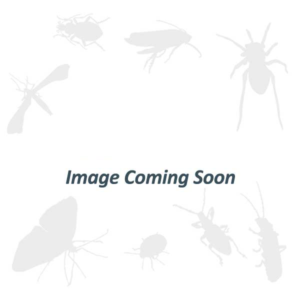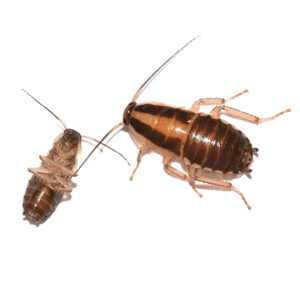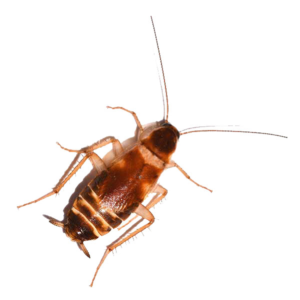Turkestan Cockroaches in Houston, TX
The Turkestan cockroach was first discovered in 1978 in California, where the species was introduced with household goods belonging to military personnel returning from the Middle East. Found primarily in the southwestern United States, the most unusual aspect of this invasive species is that they are spread via the Internet. The Turkestan cockroach is popular as live food among reptile breeders and can easily be bought and sold online, likely spreading them throughout the U.S. Because this species can live in sewers and household water meters, it poses a risk of contamination and has been known to carry disease.
Turkestan Cockroach Habitat
Outdoors, the preferred habitats of the Turkestan cockroach are water meter boxes, inside irrigation control valve boxes, beneath planters and flower pots, under trash cans, and ground debris. They are also abundant in electrical boxes, weep holes of concrete block walls, cavities in the mortar of block walls, underneath concrete and asphalt, and in cracks in the pavement. During the hot summer months, these cockroaches may seek indoor food sources because of population increases.
Turkestan Cockroach Behaviors, Threats, or Dangers
The Turkestan cockroach presents ecological issues of water contamination and the spread of disease as it may inhabit sewers. When entering a home, this cockroach can bring dangerous bacteria with them, contaminating cooking and eating surfaces. Their skin may also trigger allergies in sensitive people. However, this species is primarily an outdoor insect, and the most obvious signs of a Turkestan cockroach infestation are seeing them flying at night time around lights and finding them in their preferred habitats. If you suspect a Turkestan cockroach infestation, it is recommended that you contact a professional cockroach exterminator.




